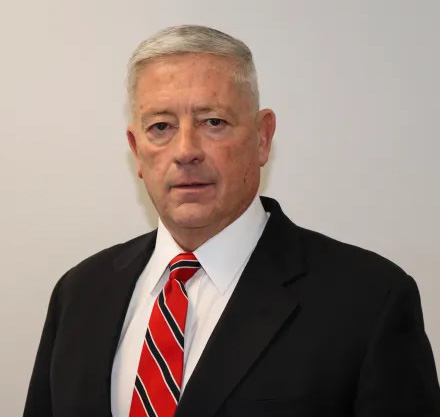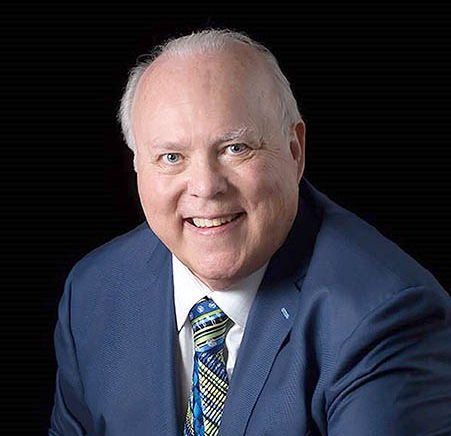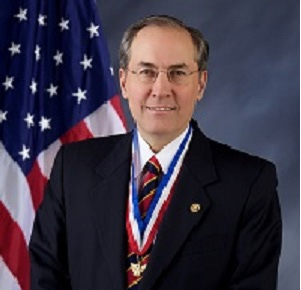
Introduction of the Scouting America Distinguished Conservation Service Award
Conservation and Scouting America have been partners for a long time. Camping, hiking, and respect for the outdoors are a part of the Scouting heritage. Many of the requirements for advancement from Tenderfoot through the Eagle Scout rank call for an increasing awareness and understanding of the natural sciences. Many former Scouts have become leaders in conserving our environment and protecting it from abuse. Right now, Scouts are involved in learning about environmental problems and actively working to make a difference.
The fundamental purpose of the Scouting America Distinguished Conservation Service Awards program is to encourage learning by the participants and to increase public awareness about natural resource conservation. Understanding and practicing sound stewardship of natural resources and environmental protection strengthens Scouting’s emphasis on respecting the outdoors. The goal of this awards program is to encourage and recognize truly outstanding efforts undertaken by Scouting units, Scouts and Venturers, adult Scouters, and other individuals, corporations, and institutions that have contributed significantly to natural resource conservation and environmental protection.
The Scouting America Distinguished Conservation Service Award Individual awards are granted by the National Council through the local Council’s Conservation Committee to a member of a Scouts BSA, Sea Scout, or Venturing unit for exceptional and distinguished service to conservation and environmental improvement.
The Scouting America Distinguished Conservation Service Awards are presented for distinguished service in natural resource conservation. The award is given in one of three forms. The awards are:
Youth: Scouting America Distinguished Conservation Service Award
Adult: Scouting America Distinguished Conservationist
Organizations and Individuals: Scouting America Distinguished Conservation Service Award Certificate
View a complete list of the requirements for each award.
The award, the most distinguished in Scouting for exceptional conservation service, will be awarded for clearly outstanding efforts in planning, leadership, execution of plans, involvement of others, and opportunities taken to help others learn about natural resource conservation and environmental improvement.
The award includes the Scouting America Distinguished Conservation Service Award certificate and an embroidered square knot.
Conservation Service Projects
The Scouting America Distinguished Conservation Service Awards program encourages and recognizes Scouts, Sea Scouts and Venturers who design, lead, and carry out conservation projects that are based on sound scientific principles and practices. The projects should contribute to sound conservation and environmental improvement in the local community, the region, or the nation. The applicant is expected to research potential projects and to choose, with guidance from a conservation adviser, a worthy project.
Because the awards are individual awards, two or more individuals cannot claim credit for the same project. However, a project may be a part of a larger conservation effort, with different applicants carrying out different aspects of the same project. An Eagle Scout, Venture Summit Award or Quartermaster Award Project service project may be used as a conservation project if it meets the aims and objectives of the awards program as listed below. Applicants are encouraged to involve their unit members in project work and demonstrate Scout leadership.
To assist the applicant with the documentation needed in completing the service projects, and the documentation of the completed projects, the Scouting America Distinguished Conservation Service Award Project Workbook has been developed and is required to be used by the applicant.
What Qualifies as a Scouting America Distinguished Conservation Service Award Project?
First and foremost, the project must be a conservation project—it must be designed to address a conservation issue or need in the local area, and it must benefit the environment or the creatures that live there. Making an area more accessible for people is rarely for the benefit of the environment.
How big a project should be and how long it should last are commonly asked questions.
Collecting aluminum cans over a weekend along with many other Scouts is a fine public service, but since little learning took place and there was no lasting impact on the community, the project would not qualify towards this Award. Similarly, a simple, one-time tree planting effort would not qualify.
However, a reforestation project in cooperation with a professional forester or park planner, learning which trees are appropriate to the area, ensuring proper spacing for best growth, following proper planting methods, and caring for the trees after planting might well qualify. Starting a community-wide recycling project and encouraging people to recycle might also qualify. Size of the project is not necessarily the important element. Rather, the results, the learning that took place, the applicant’s demonstrated leadership, and the significance of the contribution to the community, park, or other lands are what count.
Required Projects
Applicants for the Scouting America Distinguished Conservation Service Award must plan, lead, and carry out at least two significant projects in two different categories. One project could be the applicant’s Eagle Scout, Venturing Summit Award, or Sea Scout Quartermaster leadership service project, if it is suitable, and one could be performed on Scouting America property. The others must benefit a school, community, or religious organization, or fulfill some other public service purpose. Applications are reviewed and awarded through the Council’s Conservation Committee.
The categories are listed below. They are designed, in part, to make conservation awards available to Scouts living in suburban and urban areas as well as those in rural settings, and to acknowledge the growing interest among Scouts and their leaders in actively improving the natural environment within their own communities. These categories also focus on the relationship between environmental abuses in urban centers and their impact in relatively unpopulated, some- times distant, areas.
Projects Categories
- Energy conservation
- Soil and water conservation
- Fish and wildlife management
- Forestry and range management
- Air and water pollution control
- Resource recovery (recycling)
- Hazardous material disposal and management
- Invasive species control
- Pollinator Habitat Conservation
Other Ideas
Other good ideas for projects may be found in the publications and pamphlets of groups such as the National Audubon Society, the National Wildlife Federation, or governmental agencies including the Environmental Protection Agency, USDA Forest Service, Army Corps of Engineers, Bureau of Land Management, Natural Resources Conservation Service, Fish and Wildlife Service, National Park Service, state natural resource conservation agencies, and your state cooperative extension service. The best way to identify a project is to discuss the options with a conservation adviser.
Monitoring
Each project should be designed in part to publicize the need to conserve natural resources and to improve environmental conditions.
The council is encouraged to provide guidance and to identify qualified advisers. The role of the conservation adviser is to guide the young person into selecting significant conservation projects and to coach the youth into preparing, researching, consulting others, designing, planning, and giving leadership to others in carrying out the projects. The adviser must approve the application, indicating that the applicant’s activities have been monitored and ensuring that the projects meet local needs. The applicant’s unit leader must also approve the conservation project.
Applications
Service Project Workbook
Scouting America Distinguished Conservation Service Award Project Workbook
Executive Summary Template (Complete one of these for each project)




